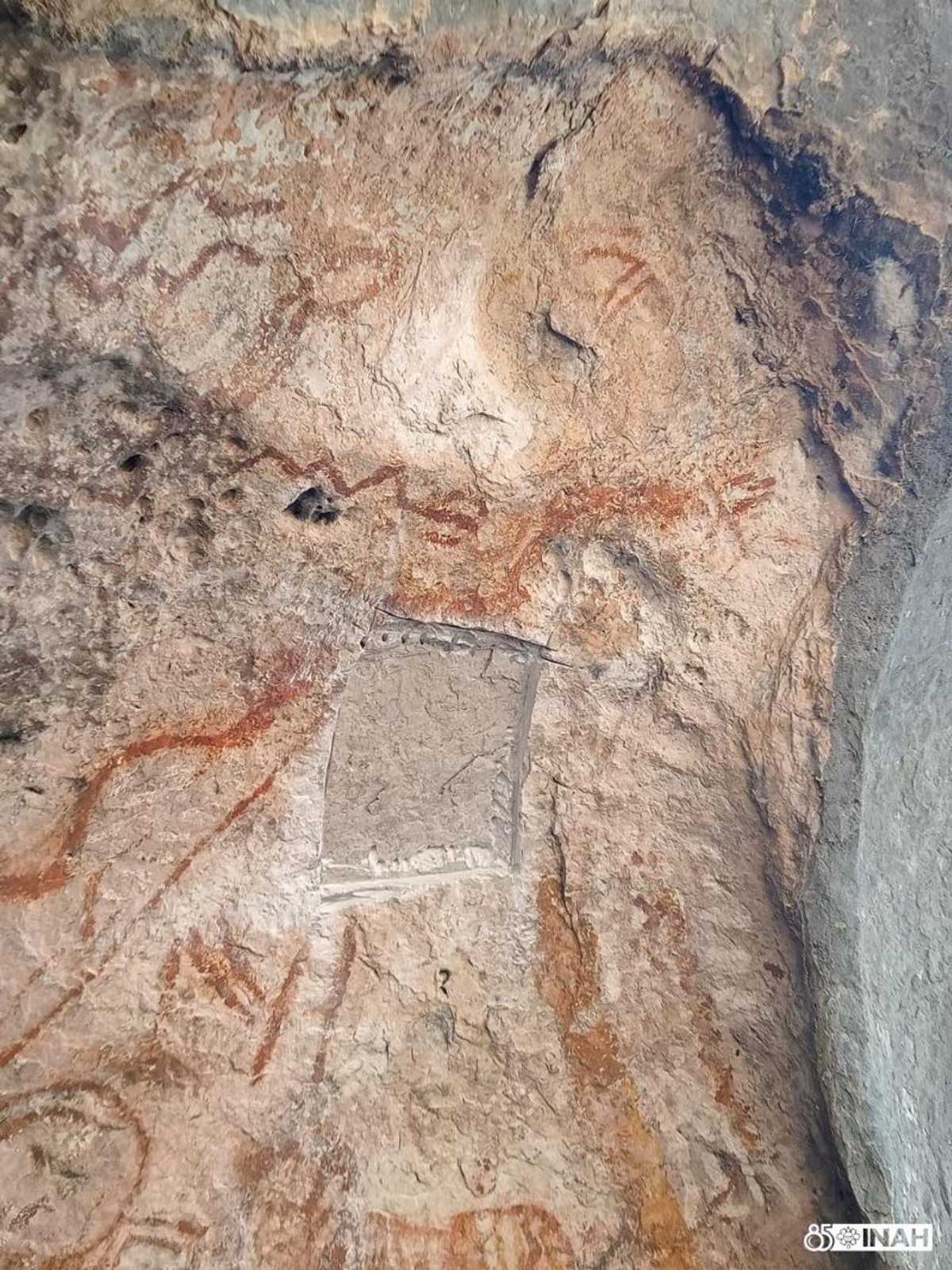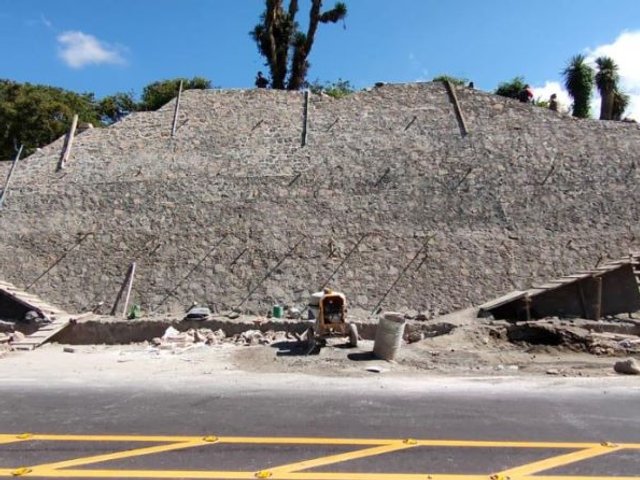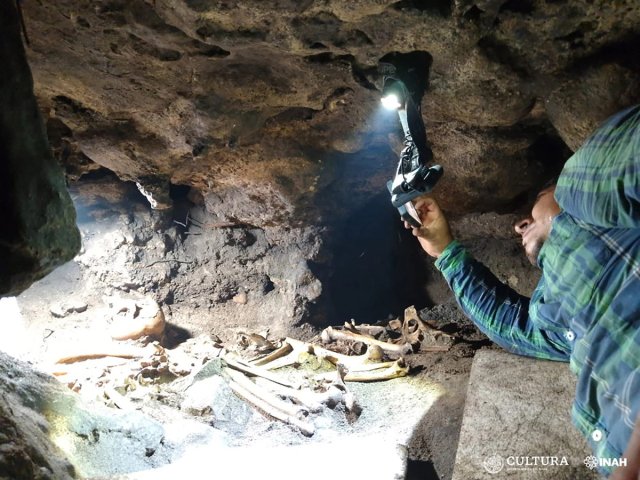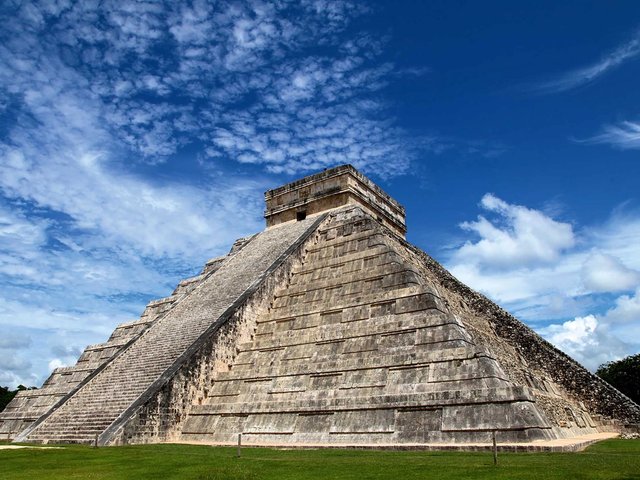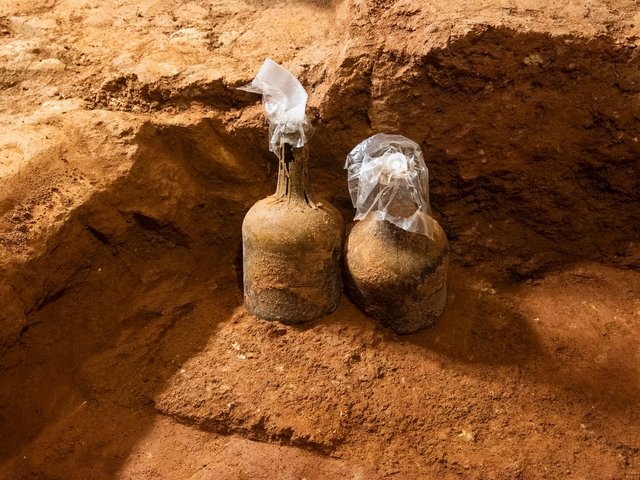An ancient petroglyph has been forcibly removed in the Mexican state of Coahuila. The drawing of a hand, now gone, was one of more than 150 motifs dating from between 500 and 5,000 years ago on a large rock surface at La Cueva Pinta, located in the Sierra de Australia mountains in Cuatro Ciénegas. The overlapping drawings appear to have accumulated over thousands of years, created in a wide array of colours by hundreds of generations of local peoples.
After the vandalism was reported, archaeologists determined that someone had also attempted to dislodge at least two other ancient drawings from the same rock. The marks on its surface point to the use of an electric saw to cut into it, a reckless method that caused significant damage. Fragments of painted rock found on the ground point to the possibility that the hand drawing itself was chipped in the process.
“This is an irreparable loss,” Francisco Aguilar Moreno, director of the National Institute of Anthropology and History’s Coahuila Center, said in a statement. “These paintings are not just pretty pictures; they are a direct link to our ancestors, a vital part of our history and cultural identity.”
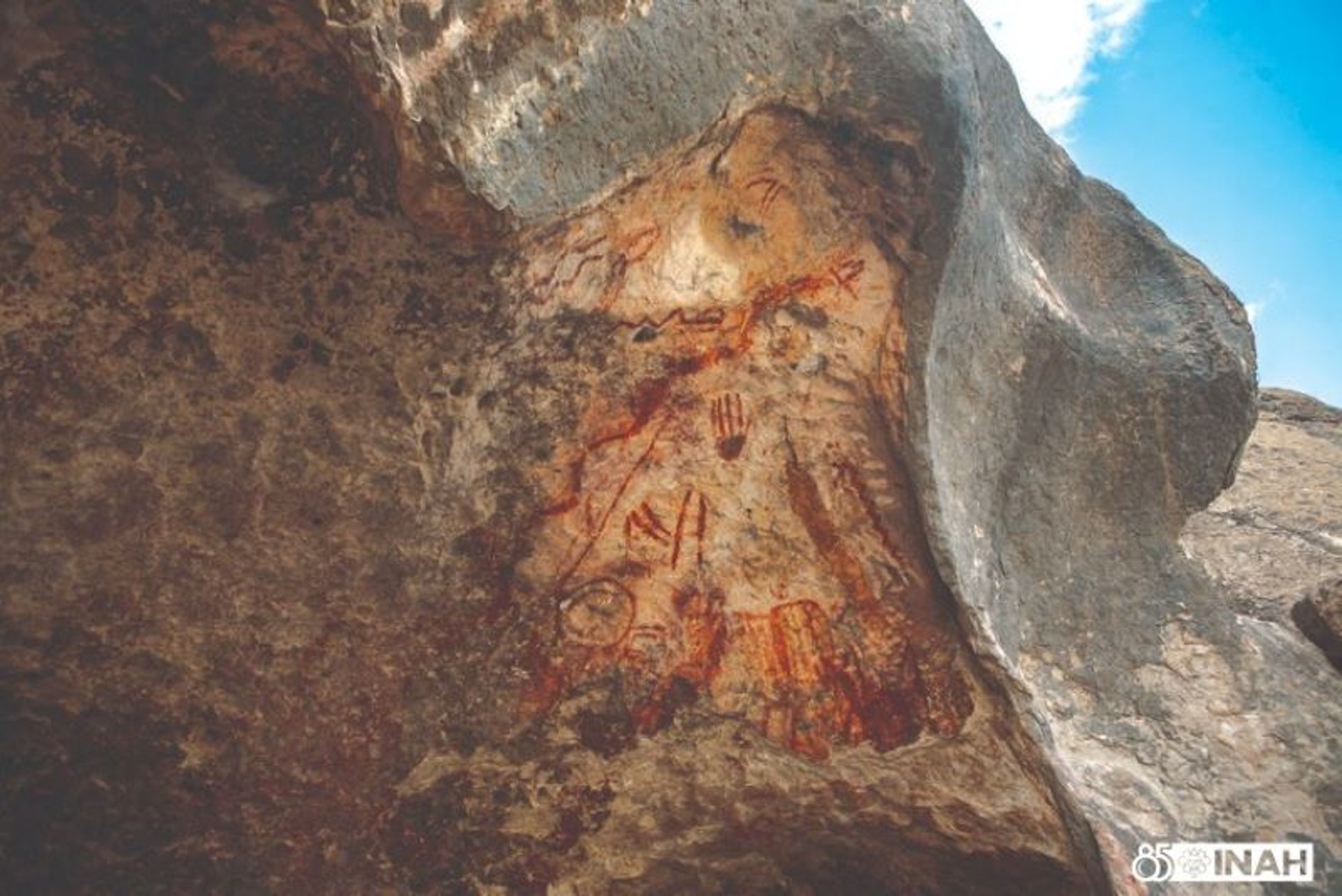
The La Cueva Pinta petroglyph before it was vandalised National Institute of Anthropology and History (INAH)
La Cueva Pinta is often referred to as a living museum of the desert’s cultural heritage.
Mexico’s cultural ministry condemned the actions of the would-be looter or looters and has filed a formal complaint with the attorney general’s office in an attempt to bring the vandal(s) to justice and prevent future damage to this and other important archaeological sites.
“This is a profound disrespect to the ancient people who once called this desert home,” a ministry of culture spokesperson said in a statement. “We will pursue this matter with the full force of the law. Our national archaeological heritage is protected by federal law, and it is the responsibility of every Mexican to respect, conserve and protect it.”


